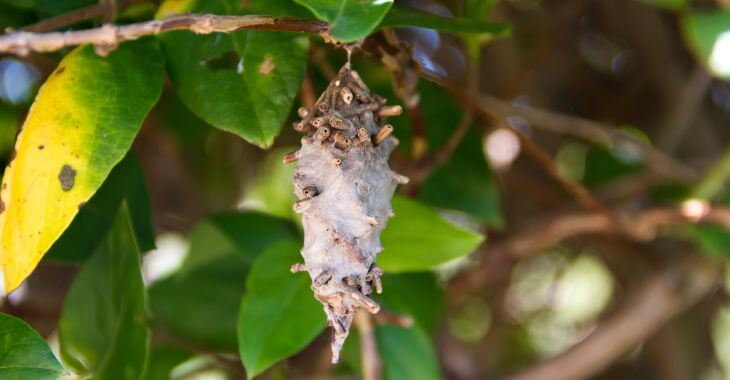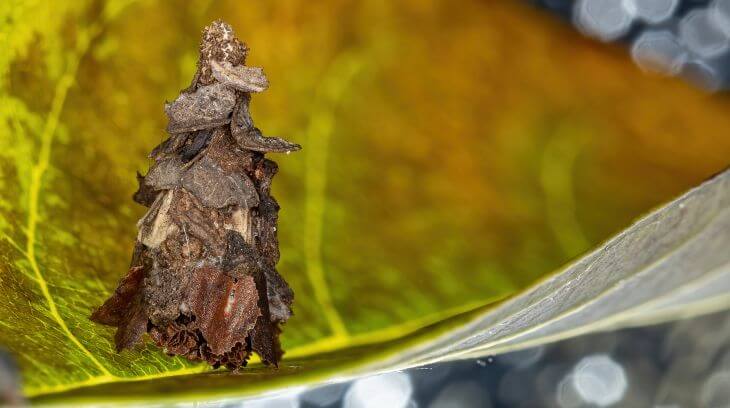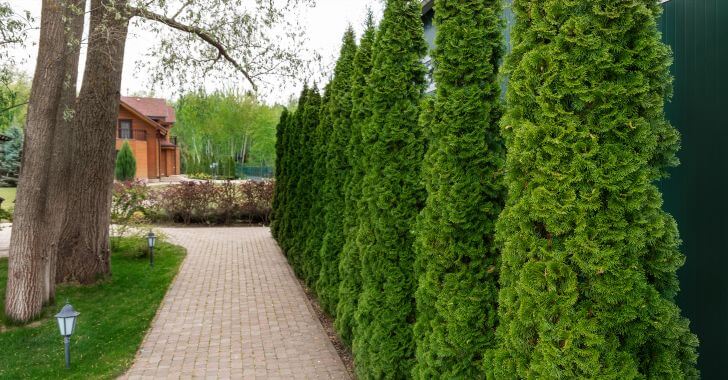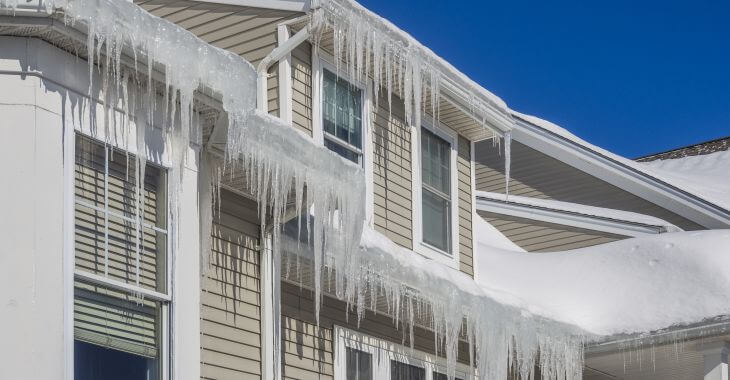How to Kill Bagworms on Trees

Bagworms are destructive pests that can wreak havoc on trees, especially evergreens. Left untreated, these pests can cause significant damage, defoliating trees and sometimes leading to their death. Knowing how to kill bagworms on trees is essential to protect your landscaping and your trees’ health.
There are effective methods for eliminating bagworms, ways to prevent future infestations and some evergreen bagworm treatments to keep your trees safe and thriving.
What Are Bagworms?
Before diving into how to kill bagworms on trees, it’s essential to understand what bagworms are and the kind of damage they cause. Bagworms are caterpillars that build silk bags around themselves, often attaching pieces of foliage or bark to their bags as camouflage.
These pests are particularly damaging to evergreens, such as spruce, juniper, and cedar trees, but they can also affect deciduous trees. Bagworms feed on the foliage of trees, stripping away the leaves or needles, which can eventually weaken the tree and lead to its death.
The damage they cause is especially noticeable in evergreens since they do not regrow their needles. That’s why knowing how to get rid of bagworms early is critical for tree preservation.
How to Kill Bagworms on Trees: Manual Removal
The first step in how to kill bagworms on trees is simple but effective: manually removing them. While this method is time-consuming, it is an efficient way to eliminate bagworms if you catch them early, especially in smaller infestations. For manual removal, follow these steps:
- Inspect the Trees: Look for the distinctive silk bags hanging from branches. These bags are typically 1 to 2 inches long.
- Handpick the Bags: Once you locate the bags, simply pick them off the tree. Make sure to dispose of them in a sealed plastic bag to prevent any remaining larvae from escaping and continuing their lifecycle.
- Dispose of Bags Properly: Do not just leave the bags on the ground, as the larvae can reattach to trees.
Manual removal works best during the winter or early spring when the bagworms are still in their bags and not yet hatched. However, this method may not be feasible for larger trees or heavy infestations, in which case you’ll need additional solutions.
How to Get Rid of Bagworms Using Insecticides
For larger infestations or when manual removal is impractical, using insecticides is one of the most effective ways to kill bagworms on trees. Proper timing is key when using insecticides, as they work best on younger larvae, which usually emerge in late spring or early summer. Best practices include:
- Choose the Right Product: Look for insecticides that contain ingredients like Bacillus thuringiensis (Bt), spinosad, or permethrin, all of which are highly effective against bagworms.
- Apply During the Right Stage: Insecticides are most effective when the bagworms are in the larval stage. Apply the insecticide in late spring or early summer when the larvae begin feeding.
- Use a Sprayer: For best results, use a tree sprayer to coat all affected branches evenly. Make sure to follow the manufacturer’s instructions regarding dilution and application frequency.
Using the right insecticide at the proper time can provide quick results and prevent further damage to your trees. This method is especially useful for evergreen bagworm treatment, as it stops the pests before they have a chance to destroy large portions of the tree.
Preventing Future Infestations
After you’ve taken steps to kill the bagworms currently on your trees, it’s essential to think about prevention to stop them from returning in the future. Preventative measures will save you from future damage and keep your trees healthy year-round. Here are some preventive tips:
- Monitor Your Trees Regularly: Regularly inspect your trees, especially during the fall and winter months when bagworm cases are easier to spot. Early detection is crucial in minimizing damage.
- Prune Infected Branches: Removing affected branches in the winter can prevent bagworms from spreading to other areas of the tree or to neighboring trees. Pruning also helps improve the tree’s overall health.
- Use Preventative Insecticides: Some homeowners choose to apply preventative insecticides each year during the bagworm larvae emergence season. Speak to a professional arborist or pest control expert about the best product and application time for your specific region.
- Encourage Natural Predators: Birds such as sparrows and woodpeckers are natural predators of bagworms. Encouraging birdlife in your yard by providing bird feeders or nesting boxes can help keep bagworm populations in check.
Best Evergreen Bagworm Treatment Methods
Evergreen trees are particularly vulnerable to bagworm infestations because they do not regrow their needles. Without proper treatment, a severe infestation can lead to the tree’s decline or death. Here are some of the most effective evergreen bagworm treatment options:
- Insecticide Application: As mentioned, insecticides that target young larvae are highly effective. If you have evergreen trees in your yard, apply the insecticide annually as a preventative measure.
- Professional Tree Care: For large trees or significant infestations, hiring a professional tree care service may be your best option. Arborists and landscapers have access to specialized treatments that can eliminate bagworms while preserving the health of your trees.
- Dormant Oil Sprays: In the winter months, some homeowners apply dormant oil sprays to their evergreens. These sprays coat the tree in a protective layer that helps to smother any bagworm eggs attached to the branches.

Knowing how to kill bagworms on trees is crucial for protecting the health of your landscape. Whether you manually remove the bags or use insecticides, timely action is key to preventing significant damage. If you need help removing bagworms, contact your local landscaper or arborist.


